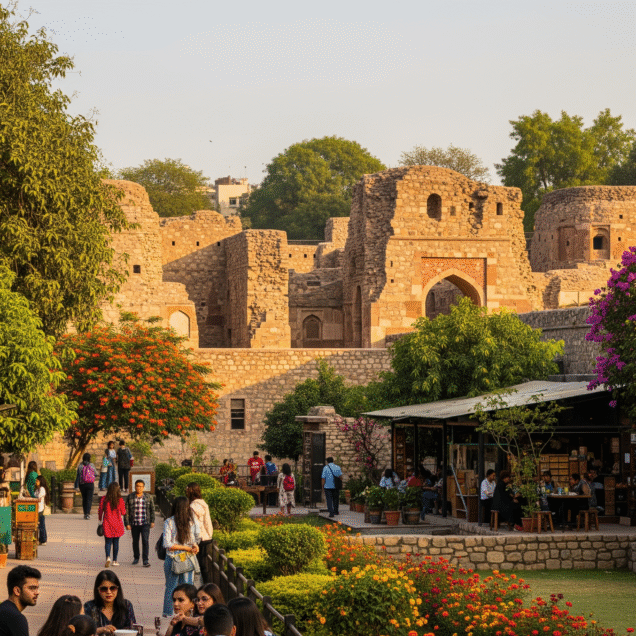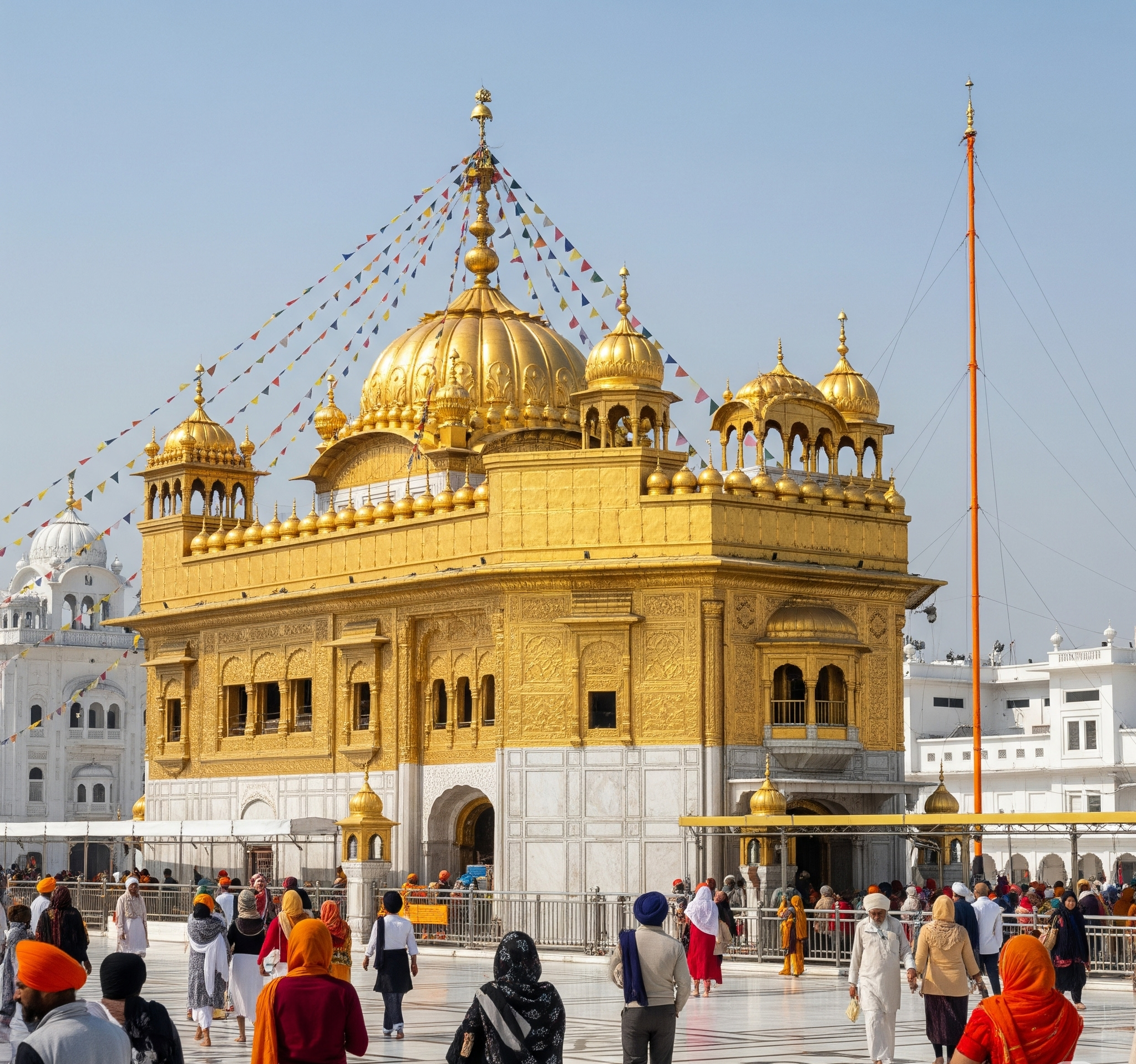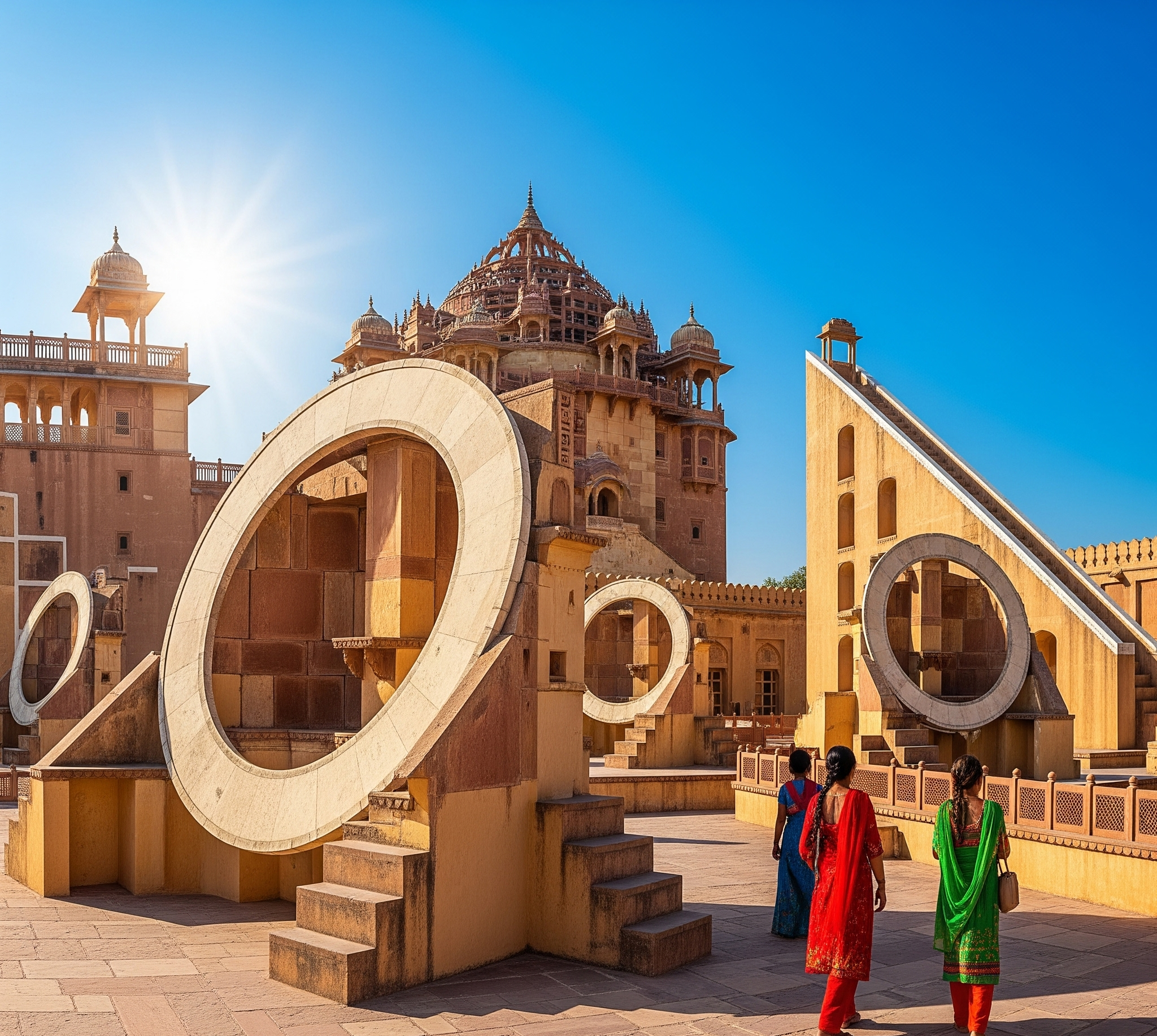Delhi, the vibrant capital of India, is a fascinating blend of ancient history and modern dynamism, making it a prime destination for tourists from around the world. With its rich cultural heritage, architectural marvels, bustling markets, and diverse cuisine, Delhi offers an immersive experience that reflects India’s unique identity.
Tourism in Delhi is deeply rooted in its historical significance. The city boasts iconic monuments such as the Red Fort, Qutub Minar, Humayun’s Tomb, and India Gate, which showcase Indo-Islamic, Mughal, and colonial architectural styles. The majestic Jama Masjid, one of India’s largest mosques, and the serene Lotus Temple, a Bahá’í House of Worship, highlight the city’s religious and cultural diversity. The Rashtrapati Bhavan and Parliament House represent the modern face of Indian governance.
Old Delhi enchants visitors with its narrow lanes, traditional bazaars, and centuries-old eateries. Chandni Chowk is a sensory delight, offering street food, textiles, spices, and jewelry. In contrast, New Delhi, planned by British architect Edwin Lutyens, features wide boulevards, luxury hotels, art galleries, and shopping malls.
Delhi is also a hub for cultural tourism, with numerous museums such as the National Museum, Gandhi Smriti, and the Crafts Museum. Festivals like Diwali, Holi, and the Republic Day Parade attract tourists with their color, vibrancy, and grandeur.
Food is another major draw, with Delhi being a paradise for culinary explorers. From rich Mughlai dishes to North Indian street snacks like chaat and golgappas, the city caters to every palate.
Well-connected by road, rail, and air, Delhi also serves as a gateway to the Golden Triangle tourist circuit, including Agra and Jaipur. With its unique blend of history, culture, spirituality, and modernity, Delhi offers an unforgettable journey into the heart of India.






